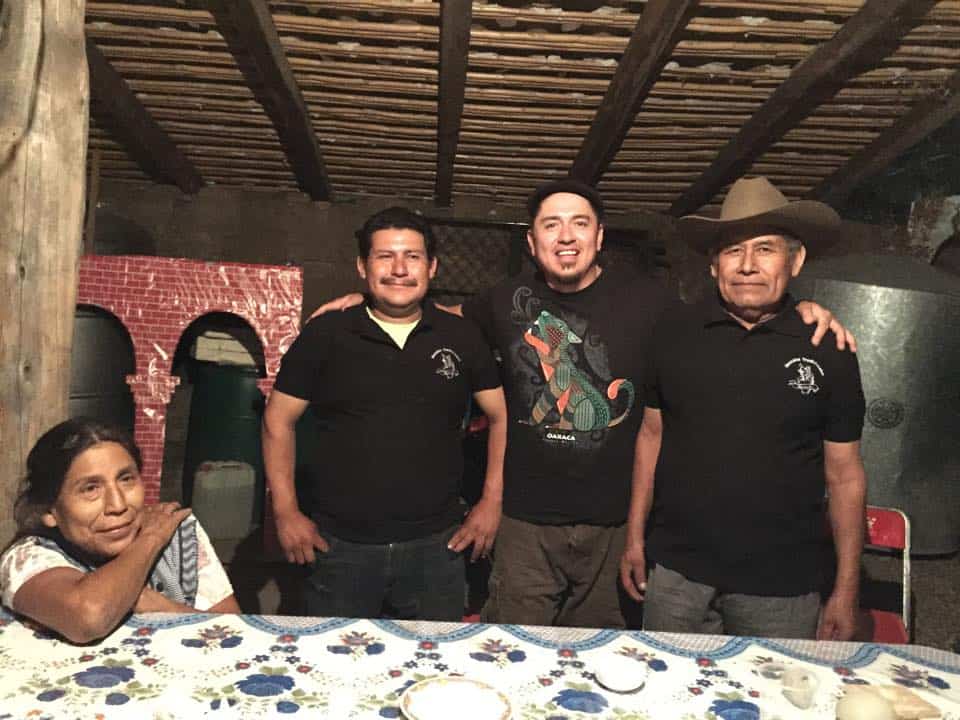
Erick Rodriguez is many things. He guides tours, advocates for mezcal, sources mezcal, has his own label, and travels tirelessly to see what’s out there in the vastness of Mexico’s agave growing and distilling regions. He truly is one of the most dynamic characters in the business. That’s why one of his latest ventures is just as crazy as you’d expect. He has been working with a mezcalero to make mezcal from a 55-year-old agave. He claims, and anyone I’ve asked agrees, that this is the oldest known agave to make it into a mezcal.
Like anything this rare there’s a great origin story. A guy approached Erick at a mezcalero meeting in Mexico City saying that he had some agave that he wanted to make into mezcal. They got to talking and a strange story emerged. This guy had some agave that he claimed was 40-45 years old, a claim based on his dad’s death. See, his dad was murdered but had planted the agave before his death. They did the math and that was 55 years ago. In the interim no one seems to have paid any attention to the agaves. In true noir fashion, the secret almost died with this poor guy’s dad. It’s Erick’s own little agave murder mystery in a bottle.
Erick being Erick this was his type of project, he jumped in and wanted to distill it. If this story isn’t strange enough already he says it took a turn for the worse when he started talking about it with friends in the industry. He’s been documenting the entire process on his Facebook page so you can see a lot of it there. Plenty of incredulous comments matched with plenty that are enthusiastic. But he wasn’t really prepared for the discomfort that he felt from other people in the mezcal industry who didn’t exactly believe his claim. “People told me ‘that’s nothing new, you’re lying to people.'” Even close friends in the business “got really uncomfortable.”
That discomfort and slagging only lit a fire. Erick and his contact started looking at maps of the area and tried to figure out other ways of verifying the agave’s age. According to Erick “I brought in an archeologist, engineer, and agronomist-engineer Ramiro Angelina-Baños because we don’t want to get the facts wrong and I don’t want people saying ‘you know you’re killing the last of agaves” because it’s already mature, it’s going to die anyway.” They made sure that they had pups from the plant they were going to harvest so that it could reproduce and they could try and grow it themselves. They were able to get ihuelos from each plant and have replanted them.
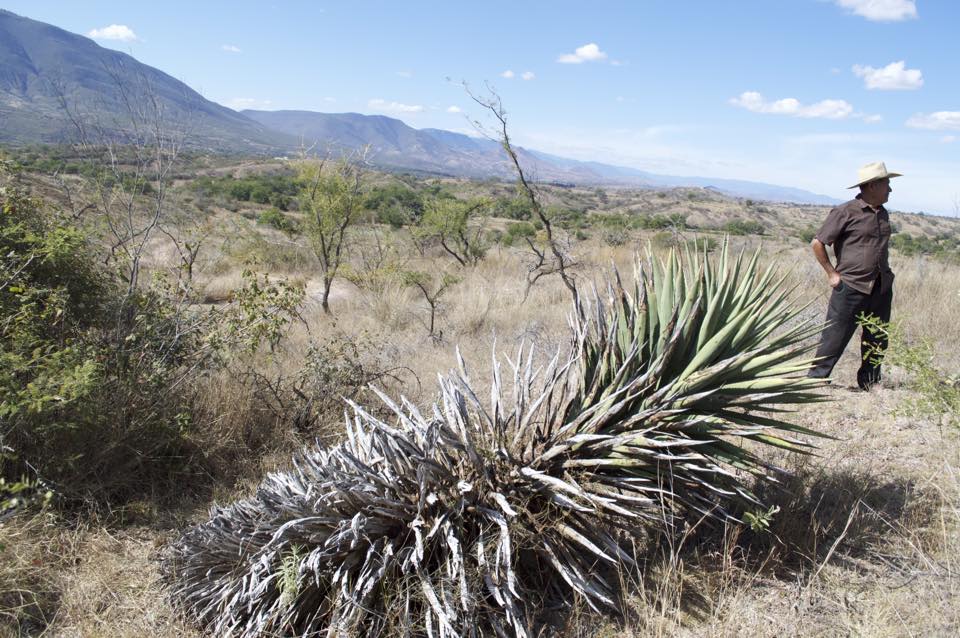
As for horticultural question of how an agave can live that long before it reproduces, that’s beyond me. I’ll need to follow up with a botanist. I know it’s a cliche but one of the colloquial names for agaves is “Century Plant.”
Erick and his contact also looked around to see if they could find more and identify it but even he’s not sure what it is. “It’s not Barril because that’s short and fat. This one is long, cut leaves, two meters and seven centimeters high, three meters and thirty centimeters across with the leaves. You have to really dig it out of the ground and they weigh 150 kilos for each piña.”
He’s calling this one El Cuarantero or El Gordo for obvious reasons but the price supports the name as well, he’s charging between $700-$1,000 per liter depending on who’s buying. Frequent buyers and those who account for a lot of volume get a discount. That’s pretty hefty, definitely way above my pay grade. At least it’s not the most expensive bottle of mezcal ever which clocked in at a purported $74,000.
I’ll let Erick describe the process and argue for that price point. He says that they did everything by hand, harvested the agave in steep mountain terrain but then had to reinvent the manual process of actually making the mezcal because the mezcalero and his crew had fallen away from tradition. “I paid them to go back to tradition, they already have a tahona but doing it by hand is better so I paid them, the assistants didn’t know how to use a canoe so I paid them to make one, showed them how to use it, and paid them for the extra time and effort it took to pound out the roasted agave.”
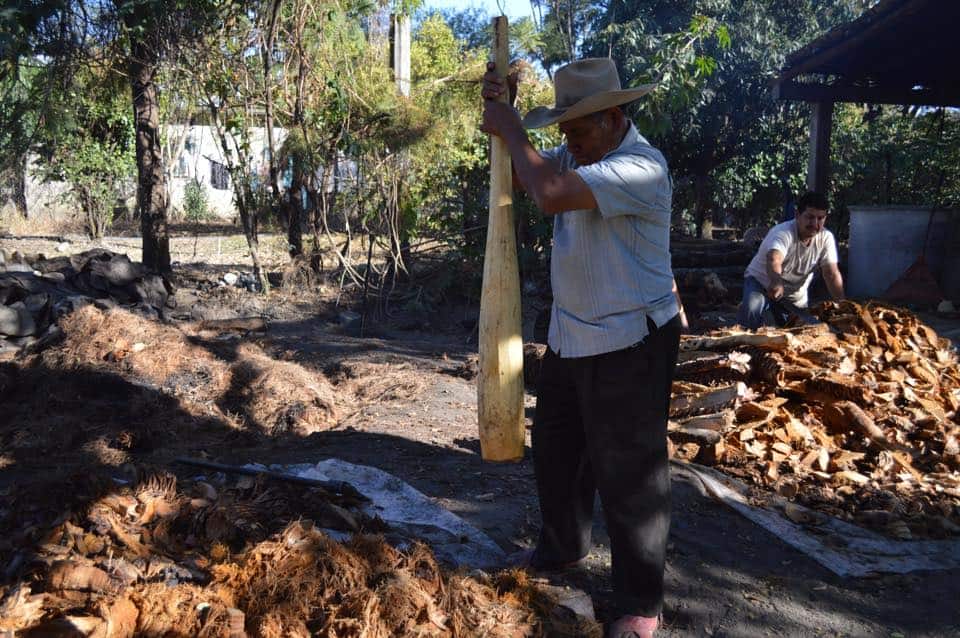
Befitting the special nature of this batch Erick wanted a unique bottle so he went to a local ceramics expert who took impressions from the agave leaves to make ceramic bottles. Erick, “wants to immortalize the agave on the bottle” and even this part of the process is connected to a deeper cultural root because his ceramicist is using rare production techniques that, he claims, he rescued from obscurity. He’s got his finger print on every bottle so he stands behind his work.
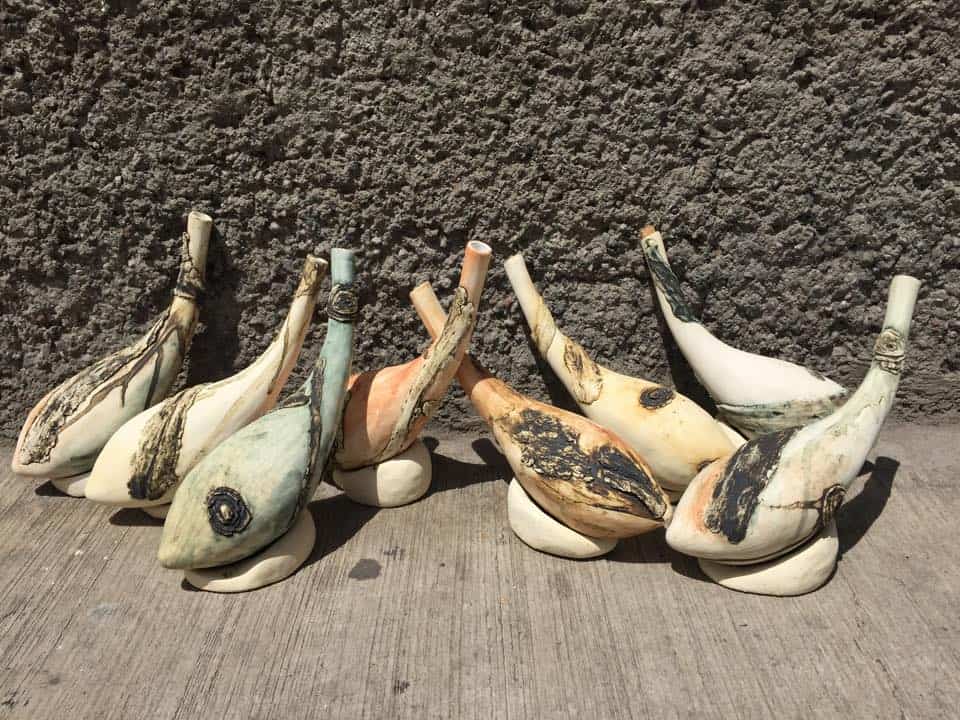
It sort of feels like a stunt but he’s pouring his heart and energy into it and swears up and down about how great it is so I believe him. I’m now morbidly curious to taste it. If you want a bottle contact him through his Facebook page. He will be at Mezcal: Mexico in a Bottle in November and may be able to bring some bottles.
All photos courtesy of Erick Rodriguez. Here’s a full gallery that documents the process:

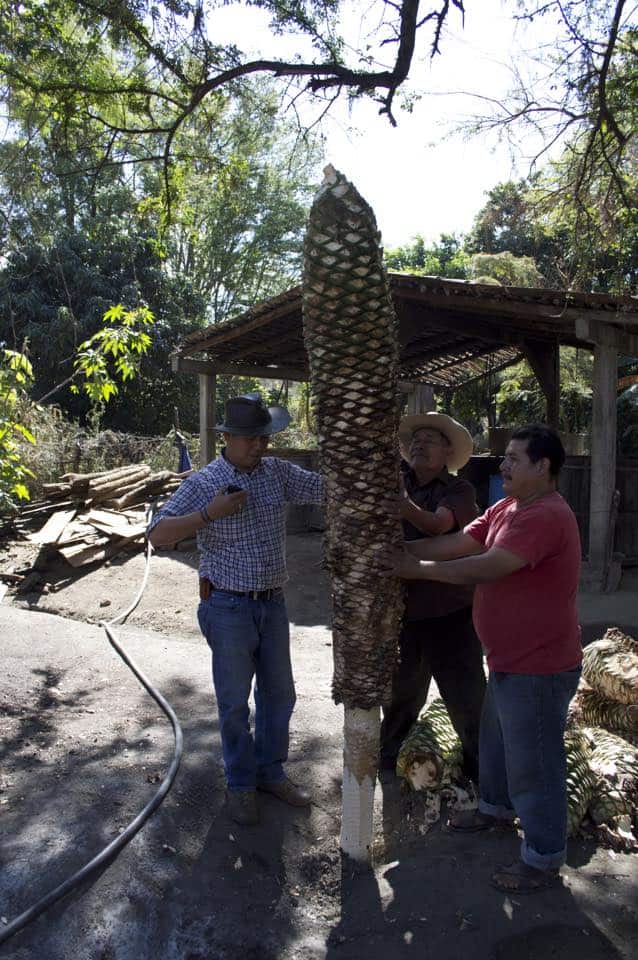
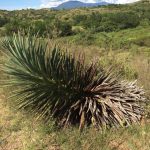
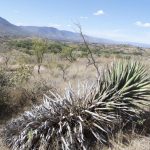
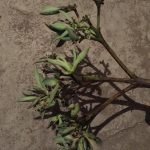
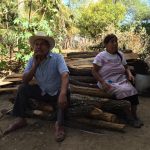
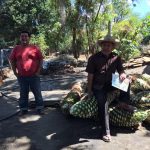
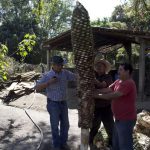
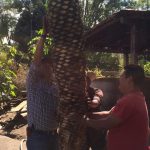
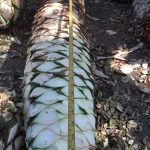
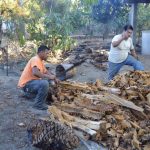

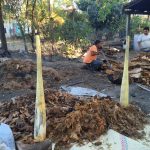
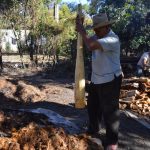
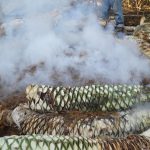
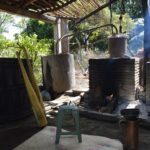
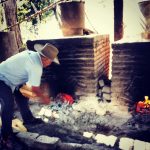
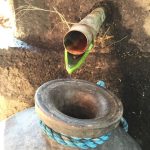
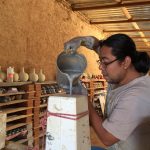
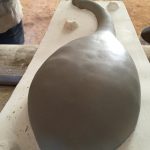
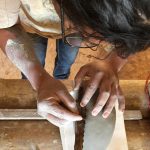
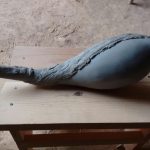
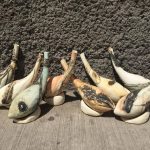
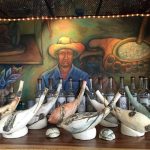
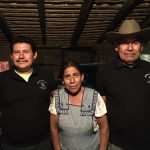
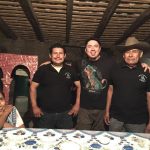
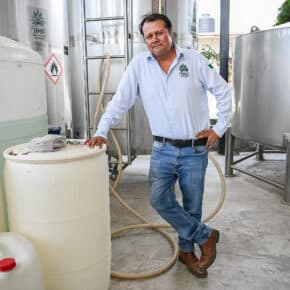
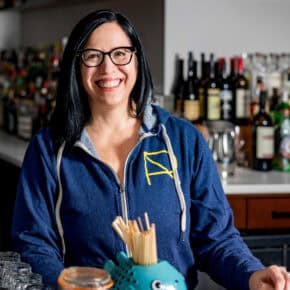
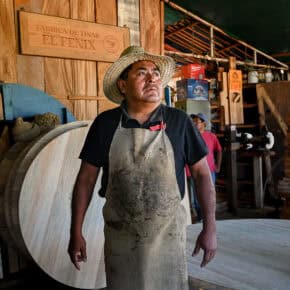









[…] brought out some of the wildest (iguana pechuga? peyote mezcal?) and most narratively driven (50 year old agaves dated through a murder mystery) to light. But his bread and butter mezcals are some of the most fascinating you’ll taste. […]